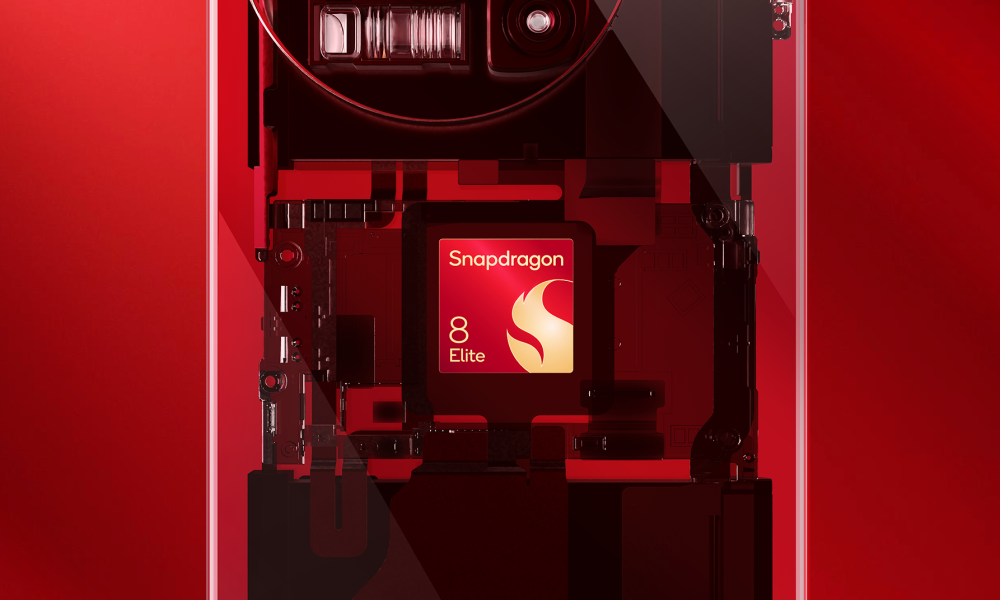Behind every new smartphone feature lies a powerful chipset that brings the technology to life.
As the industry increasingly focuses on on-device AI capabilities, the demand for a more advanced and capable system-on-a-chip (SoC) has grown, and Qualcomm’s latest release aims to address this need.
During Qualcomm’s Snapdragon Summit on Monday, the company introduced its newest mobile platform, the Snapdragon 8 Elite, which it touts as the most powerful and fastest processor in the world.
This chip marks the debut of the flagship mobile platforms under Qualcomm’s new “Elite” branding, emphasizing its enhanced graphical performance.
The Snapdragon 8 Elite is powered by a combination of the second-generation Qualcomm Oryon CPU, the Qualcomm Adreno GPU, and an upgraded Qualcomm Hexagon NPU. The NPU plays a critical role in optimizing on-device AI tasks such as image generation and text translation.
Some of the standout features of the Snapdragon 8 Elite chip include a 24MB total cache, a CPU max frequency of 4.32 GHz, a 45% improvement in single-core performance, and a 62% increase in web browsing speed.
These advancements suggest that the next generation of flagship Android phones, expected to arrive as early as late 2024, will be equipped to handle significant improvements in AI functionalities.
“Today, our second generation of the Qualcomm Oryon CPU debuts in our flagship Mobile Platform—it’s a major leap forward, and we expect consumers to be thrilled with the new experiences enabled by our CPU technology,” said Chris Patrick, Senior Vice President and General Manager of mobile handsets at Qualcomm Technologies, in a press release.
The Snapdragon 8 Elite is particularly notable for enabling multi-modal generative AI applications on Snapdragon-powered devices.

As generative AI evolves, it is advancing beyond simple text inputs and outputs, with many applications now able to process multimodal data such as photos, videos, and audio to provide more context-aware assistance.
“It (Snapdragon 8 Elite) revolutionizes mobile experiences by offering personalized, multi-modal generative AI directly on the device.
This allows for understanding speech, context, and images, enhancing everything from productivity to creativity tasks while maintaining a focus on user privacy,” added Patrick.
One of the major advantages of on-device processing is faster performance, as users experience reduced latency by eliminating the need to send data to the cloud.
This also increases security, as data remains on the device, and offers sustainability benefits by reducing the energy used at data centers.
The flagship chipset will also enhance other mobile features, including the photo-taking and editing experience, with AI-driven tools like AI relighting, Video Magic Eraser, and an “AI Pet Suite.”
Additionally, it promises to improve gaming performance, particularly in CPU-intensive multiplayer games, and offer superior visuals.
Although Qualcomm has not yet revealed which flagship phones will feature the new chipset, it did confirm that the Snapdragon 8 Elite will be adopted by top manufacturers such as Samsung, Asus, OnePlus, Oppo, Honor, iQOO, RealMe, Redmi, and Xiaomi. The first devices are expected to be released in the coming weeks.


